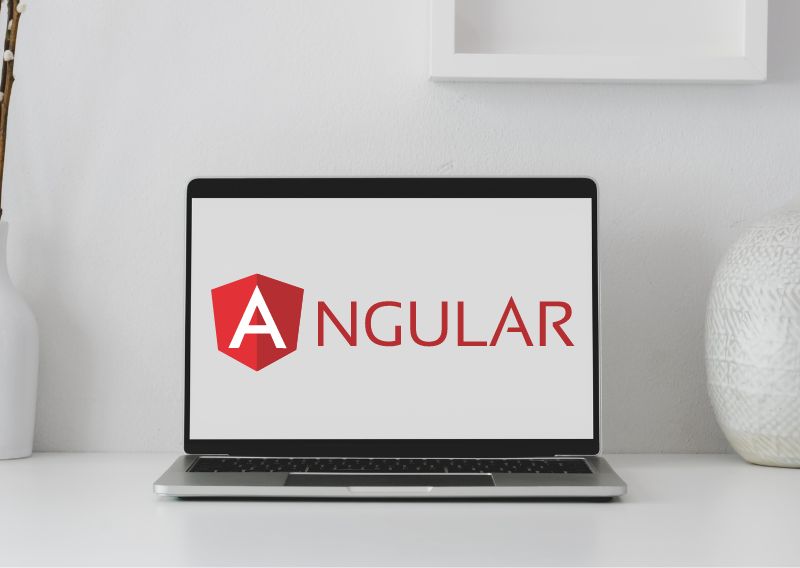[et_pb_section fb_built=”1″ _builder_version=”4.19.5″ _module_preset=”default” custom_margin=”0px||||false|false” custom_padding=”0px||0px||false|false” global_colors_info=”{}” theme_builder_area=”post_content”][et_pb_row _builder_version=”4.19.5″ _module_preset=”default” width=”100%” global_colors_info=”{}” theme_builder_area=”post_content”][et_pb_column type=”4_4″ _builder_version=”4.19.5″ _module_preset=”default” global_colors_info=”{}” theme_builder_area=”post_content”][et_pb_text _builder_version=”4.19.5″ _module_preset=”default” hover_enabled=”0″ global_colors_info=”{}” theme_builder_area=”post_content” sticky_enabled=”0″]
Design Thinking and Agile methodologies are both approaches to problem-solving that have gained popularity in recent years. While they come from different backgrounds and have different origins, they share many similarities and can be used together to create a more effective and efficient workflow.
[/et_pb_text][et_pb_text _builder_version=”4.19.5″ _module_preset=”default” global_colors_info=”{}” theme_builder_area=”post_content”]
Design Thinking is a user-centered approach to problem-solving that is focused on understanding the needs and wants of users. It is a process that involves empathy, experimentation, and iteration. The goal of Design Thinking is to come up with solutions that are not only functional but also meet the needs and wants of users in a way that is satisfying and desirable.
[/et_pb_text][et_pb_text _builder_version=”4.19.5″ _module_preset=”default” global_colors_info=”{}” theme_builder_area=”post_content”]
Agile methodology, on the other hand, is a project management approach that is focused on delivering value in small increments. It is a set of practices that emphasizes flexibility, adaptability, and collaboration. The goal of Agile is to deliver working software to users as quickly as possible, while also being responsive to change.
[/et_pb_text][et_pb_text _builder_version=”4.19.5″ _module_preset=”default” hover_enabled=”0″ global_colors_info=”{}” theme_builder_area=”post_content” sticky_enabled=”0″ module_class=”content”]
The similarities between Design Thinking and Agile are many. Both approaches emphasize the importance of understanding the needs and wants of users, and both value collaboration, experimentation, and iteration. Both Design Thinking and Agile also stress the importance of rapid prototyping and testing to validate ideas and get feedback from users.
[/et_pb_text][et_pb_image src=”https://www.elastikteams.com/wp-content/uploads/2023/03/Design-Thinking-Agile-Way.png” title_text=”Design Thinking Agile Way” _builder_version=”4.19.5″ _module_preset=”default” global_colors_info=”{}” theme_builder_area=”post_content”][/et_pb_image][et_pb_text _builder_version=”4.19.5″ _module_preset=”default” global_colors_info=”{}” theme_builder_area=”post_content”]
Importance of both approach
[/et_pb_text][et_pb_text _builder_version=”4.19.5″ _module_preset=”default” hover_enabled=”0″ global_colors_info=”{}” theme_builder_area=”post_content” sticky_enabled=”0″ module_class=”content”]
Design Thinking and Agile both encourage a continuous improvement mindset in their respective fields, which helps businesses to be more adaptive to changing market conditions. By providing a flexible framework for product development, both methodologies help businesses to pivot as needed, reducing risks and costs.
Design thinking, helps to ensure that the end product will be desirable and usable, while Agile methodology helps ensure that the product is delivered efficiently and on time. By using Design Thinking and Agile together, teams can create a workflow that is efficient and effective while also being user-centered and value-driven.
Design thinking and Agile are a powerful combination when it comes to creating successful products, services, and teams. It allows for an efficient use of time, money and resources and improves the quality of the end product, thus resulting in customer satisfaction.
To sum it up, Design thinking and Agile, both are different in their approach, but share many similarities, emphasizing rapid prototyping, user-centered design, and a collaborative, iterative approach to problem-solving. When used together, they create a more efficient and effective workflow, allowing teams to create successful products and services that meet the needs of users in a satisfying and desirable way.
[/et_pb_text][/et_pb_column][/et_pb_row][/et_pb_section]




